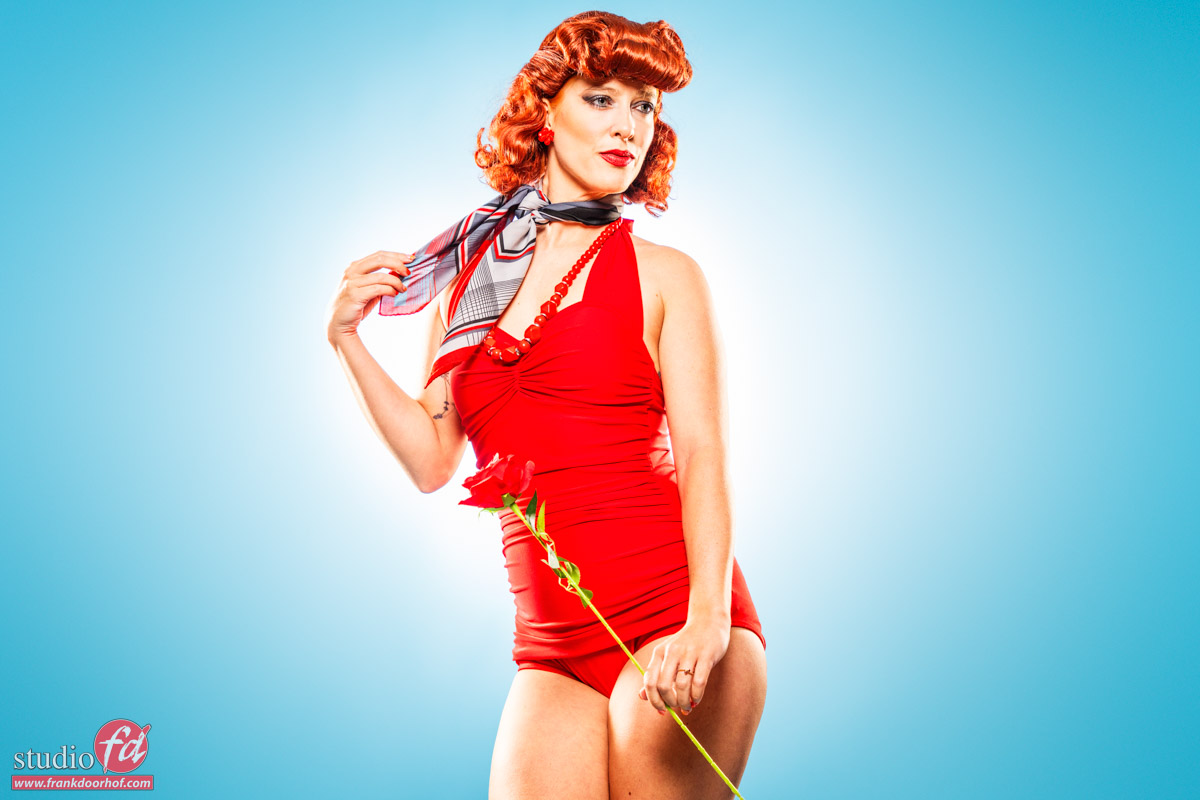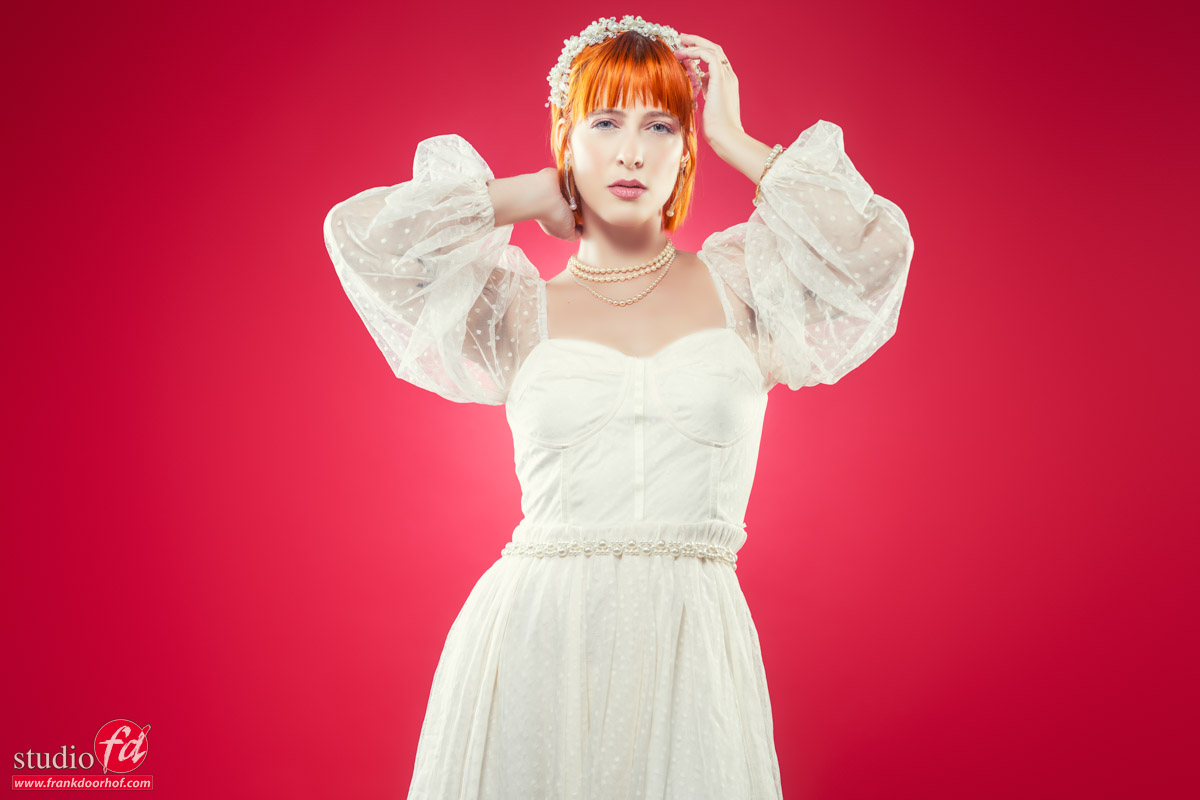The awesome low light setup for glamour
Today part II in my favorite glamour lighting setups
In the previous article we talked about a more flat light setup, today we are going the opposite direction. As mentioned my favorite photographers were often working with high contrast and low key setups. So today I want to share one of the most awesome setups for glamour in my opinion. And you don’t need a lot.
For the main light it works best when you use a striplight, it can be done with a small softbox and grid, but if you want that nice “beam” of light effect a striplight works best.
In this setup I’m using the Geekoto 48″ striplight. I started with the smaller 36″ version but to get the light the way I wanted from feet to head I ended up using one step longer. The nice thing about these two Geekoto strips is that they are both the same width, so you can really mix and match them in setups without losing focus on the model.
The same effect can also be done with the Rogue “Frank Doorhof” Flashbender in stripligh configuration. Meaning you can always use this setup on location or in the studio with just one strobe and a very portable light source.
The trick is to place the light behind the model aimed slightly forward, now change the height for the area the light will hit, higher means the area lit will be wider, placing the light closer means the beam of light will get narrower. The angle and the depth of the grid determines the light hitting the background. If you have the perfect setup but need more or less light on the background and you can’t solve it with angles or grids… keep everything the same but just move the model and the light backward (more light on the background) or forward (less).
The effect is great and really nice for body scapes and moody shots.
Shot during a recent workshop with Claudia.




And of course always include some extra images where you walk around your model.
Sometimes it works, sometimes not and sometimes it will surprise you… but that’s a story for the next blog post.














You must be logged in to post a comment.